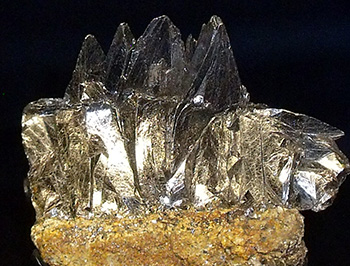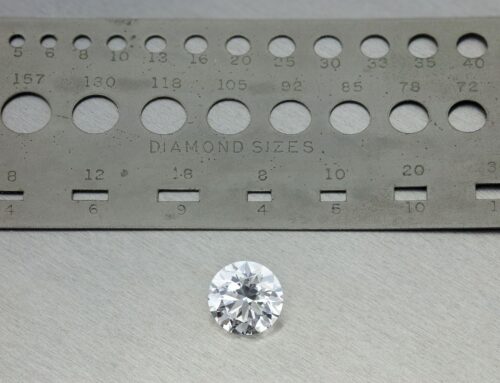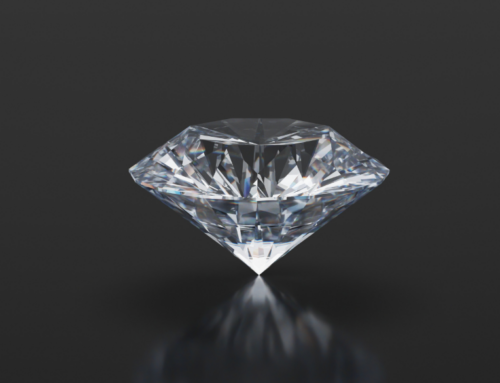by Maya Bornstein
 Photo by: Mike Beauregard | Flickr.com
Photo by: Mike Beauregard | Flickr.comMost of the materials we are familiar with also have a number of other applications beyond their day-to-day uses. For instance, everyone is familiar with textiles for clothing, bedding, carpets, furniture, and other household items. However, textiles are also frequently utilized in the automotive, medical, industrial, and military industries for a variety of things. Similarly, diamonds are beautiful, rare, and serve to adorn the necks, ears, and wrists of the women who love them.
Outside of the scientific community, though, few people know that there is one material far more stable than diamonds which could better serve a variety of purposes, including scientific, electronic, and industrial functions. The problem is that scientists have never been able to synthesize it, until now.
What Could Compete with Diamonds?
A group of mineral physicists from Yale University recently released the results of a study on cold-compressed graphite. That’s right – it’s the substance most of us remember from math class for forming the soft cores of pencils. Shockingly, the pressurized form of graphite was found to be so hard it could actually damage diamond. Between its sheer strength and cost effectiveness compared to diamonds, there may be an impending shift from diamonds to cold-compressed graphite in scientific and industrial fields from now on.
Although diamond and graphite are both made up of the basic element carbon, the two different forms have several differences that distinguish them from each other. Where graphite is able to conduct electrical currents, diamonds act as insulators. Graphite is also generally soft, as you might recall from pencils, graphite-based paints and lubricants, and of course, the old English practice of marking sheep in the mid-16th century. The most important distinction in this experiment lies in the materials’ respective formation processes. While diamonds materialize from immense pressure compounded with extreme heat for billions of years, graphite needs only the immense pressure.
The Birth of M-Carbon
According to an article published in the July 2012 issue of Scientific Reports, the Yale research team has finally found a way to compress graphite down to an ultra-hard substance called M-carbon. Transformation to this form occurs at room temperature under 200,000 times the normal room pressure level. This crystal form of graphite maintains a much more enduring makeup than diamond, which hitherto has been known as the hardest substance on earth. Cold-compressed graphite will likely be used in the future in the manufacturing capacities which have utilized diamonds until now.
While this new compressed graphite may be able to replace the world’s favorite mineral in the world of science, those who enjoy diamonds for the aesthetics have nothing to fear. Jewelers will continue to seek the sparkling gems as they always have, as will the consumers who can’t get enough of them. If you are one of those diamond-lovers who has some old loose diamonds or jewelry collecting dust, it’s time to make some money for them. Visit CashForDiamondsUSA.com, and get started today.
Post Revisions:
There are no revisions for this post.





Leave A Comment